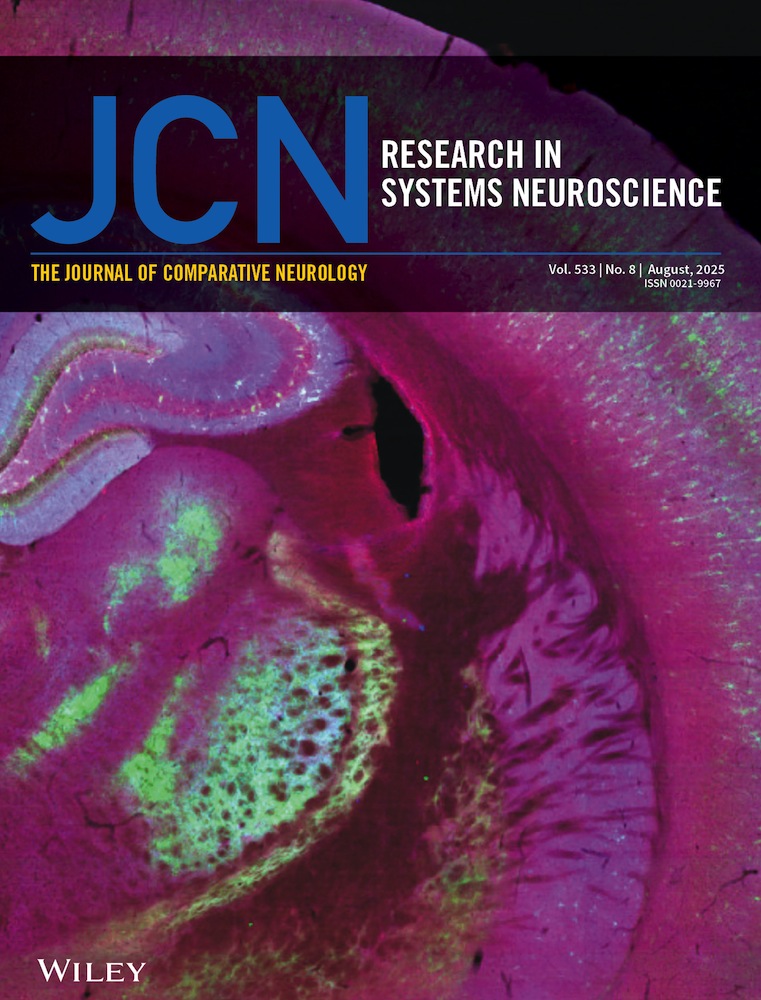Spinal terminal fields of dorsal root fibers in the pigeon (Columba livia)†
The research reported here was supported by NSF grants GB-13816X and a grant from the Benevolent Foundation of Scottish Rite Freemasonry, Northern Jurisdiction, U. S. A. Portions of this material were presented at the 85th meeting of the American Association of Anatomists, Dallas, Texas, April 1972. Requests for reprints should be sent to: Dr. David H. Cohen, Department of Physiology, School of Medicine, University of Virginia, Charlottesville, Virginia 22901.
Abstract
This paper describes the spinal pattern of brachial and lumbosacral dorsal root terminations in the pigeon. These are presented within the framework of the cytoarchitectonic analysis of the preceding report (Leonard and Cohen, '75).
At the level of dorsal root section and immediately adjacent sections dense terminal fields were evident throughout the ipsilateral dorsal horn (Layers I–V), including the substantia gelatinosa. However, degeneration in the substantia gelatinosa was prominent only with short survival times. There were mediolateral differences in the density of degenerating material in the dorsal horn, as well as variations between the patterns at the cervical and lumbosacral enlargements. The general pattern of degeneration in the dorsal horn extended approximately three segments rostral and two segments caudal to the level of root section, becoming progressively less dense with distance from the level of rhizotomy. An exception to this was degeneration in the dorsal magnocellular (Clarke's) column where, following section of either brachial or lumbosacral roots, degeneration could be traced into the thoracic spinal cord. However, these ascending and descending projections upon the column at thoracic levels overlap minimally if at all.
Degeneration was sparse in the intermediate zone and ventral horn (Layers VI–IX). It tended to concentrate centrally in Layer VI at the enlargements, and much of the degeneration ventral to this was interpreted as fibers en passage to the motoneuronal cell groups, Layer IX. Terminal fields in Layer IX were evident at both cervical and lumbosacral enlargements. They were largely restricted to the lateral motoneuronal cell group and were more prominent at cervical levels where degeneration was commonly observed around cell bodies and their proximal dendrites.
As with the cytoarchitectonic organization of the spinal gray in the pigeon, the terminal fields of brachial and lumbosacral dorsal root fibers appear to have a pattern similar to that reported in the mammalian literature.




